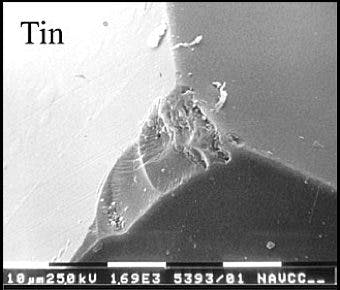Tin, Corian, and Ceramic Lap Testing
Which laps and polishes can produce the flattest facets and sharpest edges on gemstones? Our lap testing compares tin, Corian, and ceramic.
4 Minute Read
The Test Laps
I had been using tin for some time. Although I didn’t notice any major rounding of the edges, as some people have claimed, it was possible to see the edge as a line of light under a 20X glass if the illumination was arranged correctly. (This is an old toolmaker’s test to see if a tool has a sharp cutting edge).
I had read reports of ceramic producing “flatter facets and sharper edges,” so I obtained a ceramic lap from a US supplier.
I was also kindly given a Corian lap for a trial. Corian is a rather hard polymer. I believe it’s blended with a mineral filler. (Alumina, I think, but the DuPont site isn’t very informative in this respect).
Both the ceramic and Corian laps were new and half an inch thick. They had satin-smooth surfaces with no blemishes.
The Test Gems
For test samples, I used three small pieces of garnet from Tunduru, Tanzania, about 4 mm, dopped with hard wax. They were ground to a pavilion-like point at a 45º angle at indices 0, 32, 64, and 65. I wanted the last two indices deliberately closely spaced, since I reasoned that it…
Related Articles
How to Dop a Heat Sensitive Stone with Super Glue
Odd Symmetry Designs for Gemstones
Turkish Purple Jade Jewelry
The Dichroscope: A Faceter’s Guide
Latest Articles
Precision Faceting a Story Gemstone: Choosing Rough
32 Green Gemstones (How Many Do You Know?)
A Guide to Antique Georgian Jewelry
Hambergite Value, Price, and Jewelry Information
Never Stop Learning
When you join the IGS community, you get trusted diamond & gemstone information when you need it.
Get Gemology Insights
Get started with the International Gem Society’s free guide to gemstone identification. Join our weekly newsletter & get a free copy of the Gem ID Checklist!
